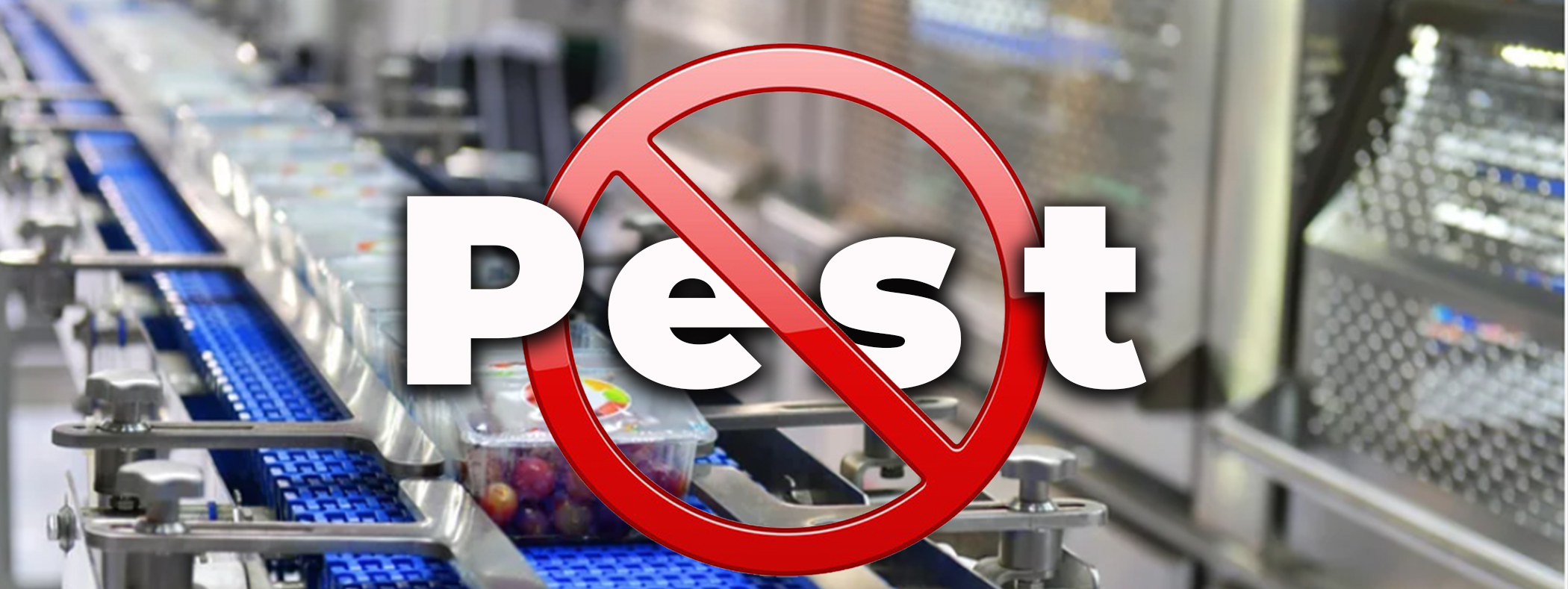
If you own a food manufacturing business, the last thing you want is bugs, pests or rodents in your plant. Mice can fit into spaces as small as six millimetres, while tiny insects can enter through the smallest of cracks and gaps. Although a food manufacturing plant will inevitably have gaps and breaches, there are still steps you can take to prevent pests from entering your facility.
How Pests Can Enter Your Manufacturing Plant
One of the most important things to realize is that pests often gain access to facilities in ways that you wouldn’t expect. For example, roofs can be a huge problem, as many of them aren’t inspected as regularly as they should be. Because roofs often have air handling systems, they can suck insects inside. In addition, floor drains can be a popular entry point for cockroaches and drain flies. Ensuring adequate drain design can prevent pests from entering your facility.
A building’s construction is also vital in preventing pests from entering. As a general rule, older construction tends to have more cracks and gaps, which translates to more opportunities for pests to invade your property. Additionally, corrugated metal buildings are one of the most difficult structures to properly seal, which makes them conducive to pest problems.
Although flat roofs often attract bed bugs because they collect water, there are several steps you can take to prevent this from occurring. This includes:
- Avoiding rubber roof coverings or membranes, which can cause moisture accumulation
- Avoiding rock coverings, which can attract birds
- Cleaning gutters routinely
Because food manufacturing plants admit many different types of products into their facility, rodents take advantage of this by hitching a ride on incoming ingredients, forklifts, pallets or other types of machinery. You can prevent hitchhiking pests by:
- Inspecting incoming products for holes, droppings, webbing or casings
- Ensuring supplies aren’t sitting outside or on loading docks for too long
- Cleaning and servicing new equipment before installation
- Using plastic pallets when possible
Signs of a Pest Infestation
The good news is that pests will often leave evidence that they’ve entered your plant, making it easier to determine if you have an infestation. For example, mice and rats tend to leave trails of sebum that will appear as grease stains on substances like concrete. These oily marks can also give you a clue as to the paths that these rodents are taking throughout your plant.
Rodents are also known for chewing and gnawing incessantly. If you notice teeth marks, gnawed packaging or chewed-up wiring, this can indicate that rodents have invaded your plant. Using traps or rodenticide baits can help you catch mice or rats and determine which area of your facility they’re most concentrated in.
How Commercial Pest Control in Cambridge Can Help
Although you can try to eliminate rodents on your own, the quickest and most effective solution is to contact an experienced professional. Truly Nolen’s pest management program contains five key steps to remove pests and keep them out for good.
A technician will conduct a thorough inspection to determine the problem, devise a solution and implement it. Throughout the process, the technician will stay in constant communication with you, discussing his inspection findings, any sanitary issues and the treatments performed. Your technician will also keep meticulous notes and always invite you to join in the process. With Truly Nolen’s three major aspects of control and prevention, which include sanitation, exclusion and elimination, you can be confident that your rodent infestation will be eliminated for good.
Call Truly Nolen today to learn more about commercial pest control in Cambridge and how enlisting the help of an experienced professional can leave your manufacturing plant looking as good as new.